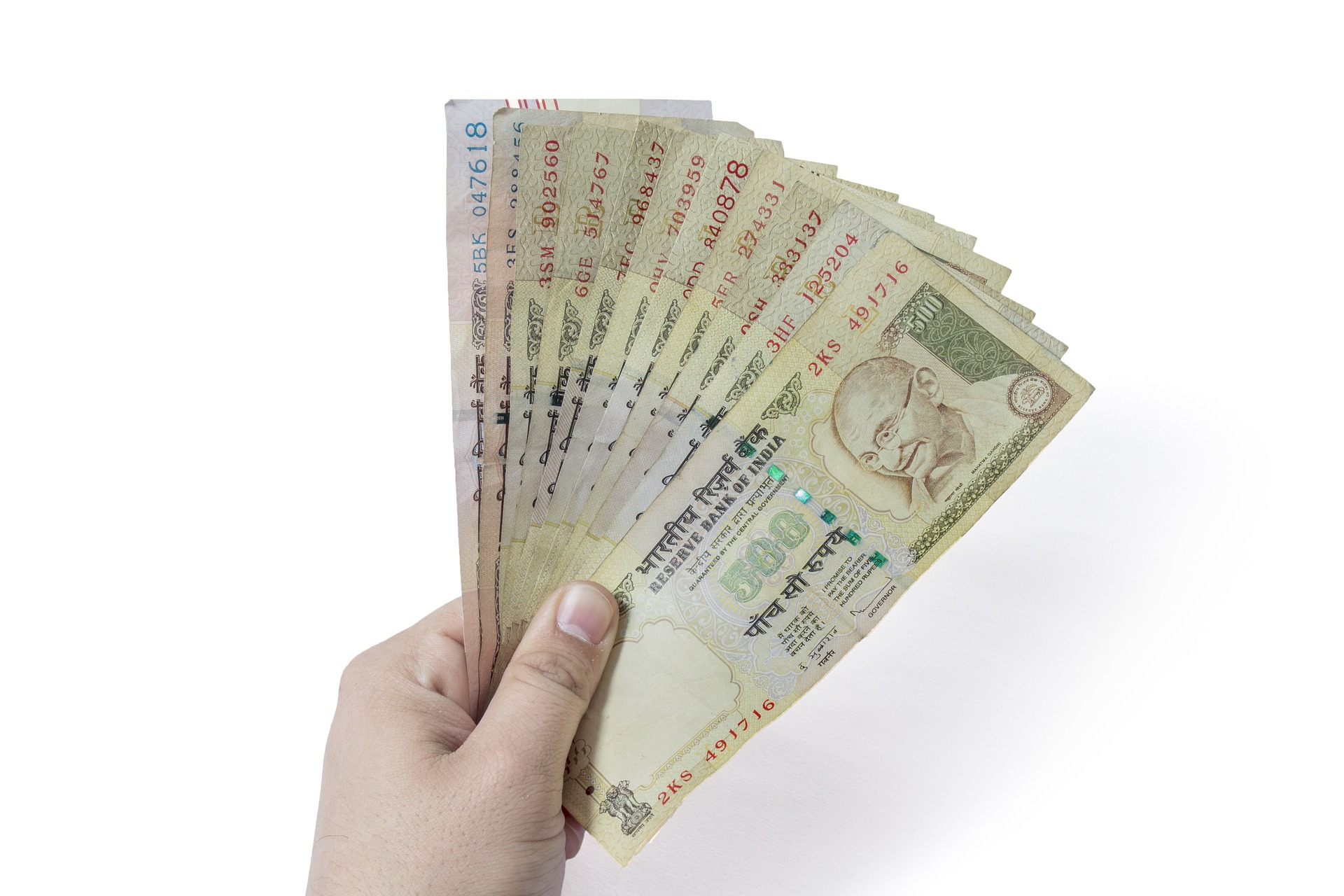The US Dollar to Japanese Yen hits ¥148.80 levels amid increasing import costs and rising food and energy prices in Japan.

Weak Japanese Yen Leads to High Import Costs
The USD to Japanese Yen drifts towards a two-month low. Trade deficit widens in October as imports increase. Imports have become costly as the supply crisis hits the production sector. The war between Russia and Ukraine and Covid lockdown in China disrupts Japan’s supply chain and trade balance in Japan. Import prices have become costly with the weaker currency.
The US Dollar to Japanese Yen closed at 140.37 on Friday, November 18, 2022. It drifted to 137.68 last week but closed above the 140 level last week. USD/JPY hit 148.80 levels in November.
The USD/JPY currency pair has to cross 141.00 to move higher to ¥142.35s or ¥145.77 levels. However, the Japanese Yen will gain strength once it slips below ¥138.50. The monetary stimulus introduced by the Prime Minister will help the economy gain strength and lift the Japanese Yen higher. Interest rates remain lower, as the government has no intention of hiking rates now.
Yen Reacts to High Inflation
The trade deficit widens with increasing imports and exports in Japan. High inflation and a widening trade gap hit households already troubled by high prices. The trade deficit is at 2.16 trillion yen. High import costs are biting industries in the inflation-hit economy.
Inflation in Japan is at a 40-year high. The core CPI rose to a 3.6% annual rate in October. Inflation is higher than the expected 3.5%. Inflation is higher than the September reading at 3.0%.
Food and consumer products show a sharp increase. Fuel prices climbed higher, with gas prices up by 20% in October. Raw material prices have increased along with escalating transport costs. The weakness in the Japanese Yen has led to expensive transport facilities. Companies passed the high costs on to consumers adding to the woes of the people in Japan. The war between Iran and Iraq has led to an increase in energy prices.
Economists expect inflation to peak by the end of the year. When inflation falls, prices will come down to benefit the economy.
The Japanese Yen is down by more than 20% this year. The USD to Japanese Yen currency pair is at levels last seen in 1998, at a 25-year high.
Interest Rates at Historic Lows
Interest rates are at historic lows, which have led to the Yen moving lower. The gap between the Japanese interest rates and Fed rates weakens the Yen.
Governor Haruhiko Kuroda intends to achieve wage growth to control inflation. BOJ has to continue its monetary policy to bring employment and encourage the manufacturing sector. If there is a rate hike, experts fear inflation may rise to more than 3%, as consumer spending will come down.
The government announced an economic stimulus of ¥29 trillion package. It will help to lift the economy and decrease inflation, expect analysts. Inflation may reduce by 1%.
Prime Minister Fumio Kishida approved the stimulus package of around $200 billion or 29 trillion Yen in October to decrease food prices. With this package, households can get products at subsidies.
While the Fed has hiked rates aggressively, Japan maintains low-interest rates. Inflation is still at 3.6%, while inflation in the US, the UK, and the European Union are almost close to double-digits.
Imports have become costly in Japan, with the value of the Japanese Yen decreasing. Japan depends on its exports. But the global slowdown led to lower exports in the country.
Major Currency Pair Forecast
GBP/JPY
The British Pound has weakened to levels last seen in 2016. The GBP/JPY closed at ¥166.90 last week as volatility hit the Japanese Yen.
The GBP/JPY currency pair in the forex market is at a major resistance level of ¥167, from where it has retreated several times earlier. An upward move will bring it back to the levels at $170, while a downturn has support at the $164 region.
EUR/JPY
The Euro to Japanese Yen closed at 144.92 last week.
The EUR/JPY will have to hold on to ¥143.50 levels to remain higher. The Japanese Yen has weakened to an 8-year low against the US Dollar.
US Dollar
The US Dollar is range-bound at the 106 level. Though the DXY is at a three-month low, it remains above the $100 level.
However, experts say that it does not signify that the economy has strengthened. The Fed will meet in December, and another rate hike is predicted.
The rising USD will keep the Yen lower. Any hike in interest rates will drive the Dollar higher and the Yen lower. It invariably leads to an increase in prices and hurts consumer sentiment in Japan.
Bank of Japan has a tough time ahead in taming escalating costs and interest rates at historic lows. The stimulus package may help the Yen in the current scenario and keep the USD to Japanese Yen currency pair from further escalation in the forex market.